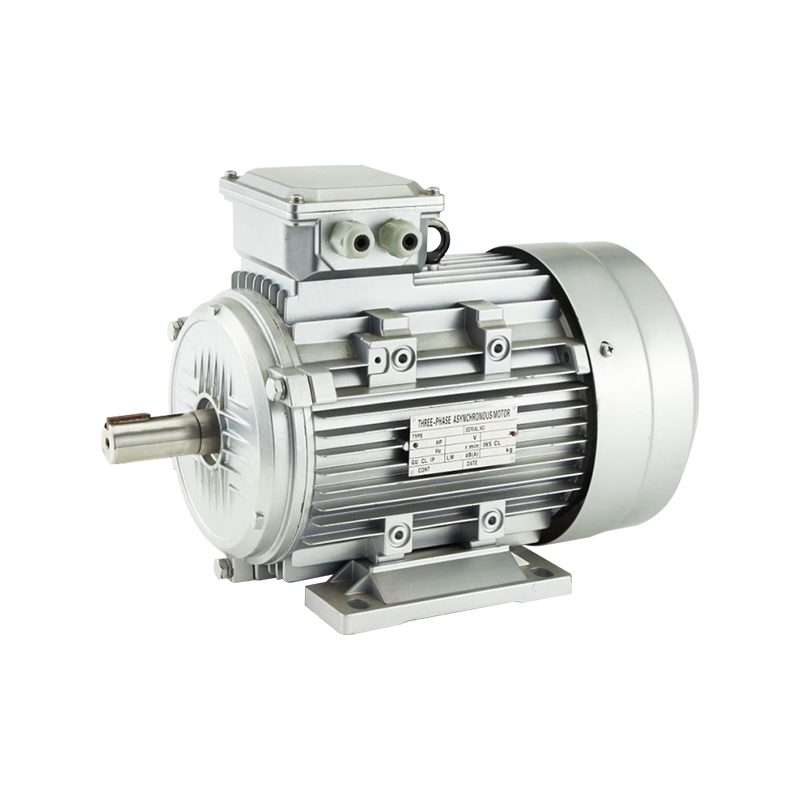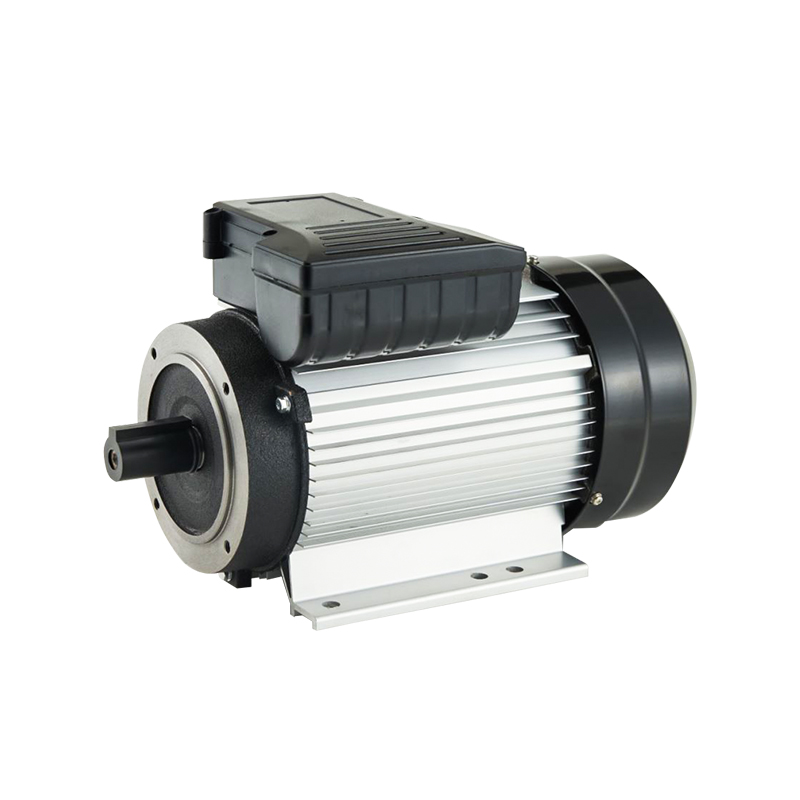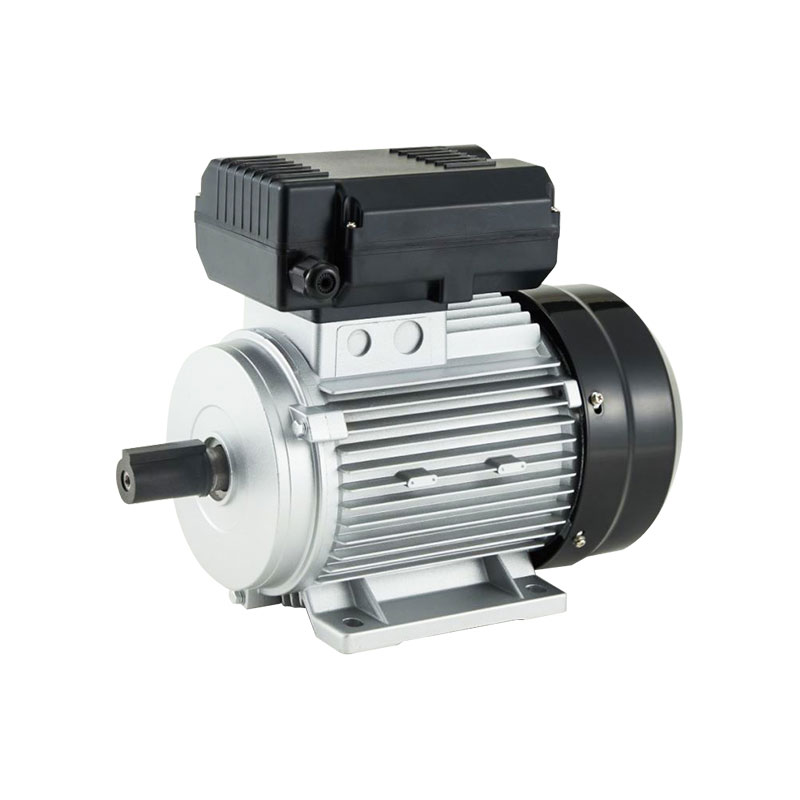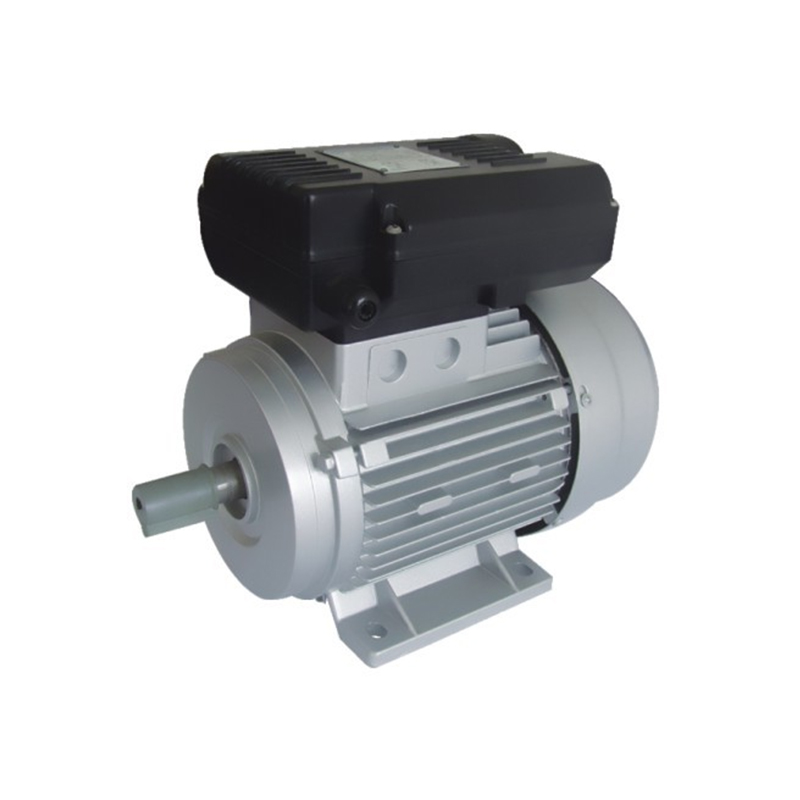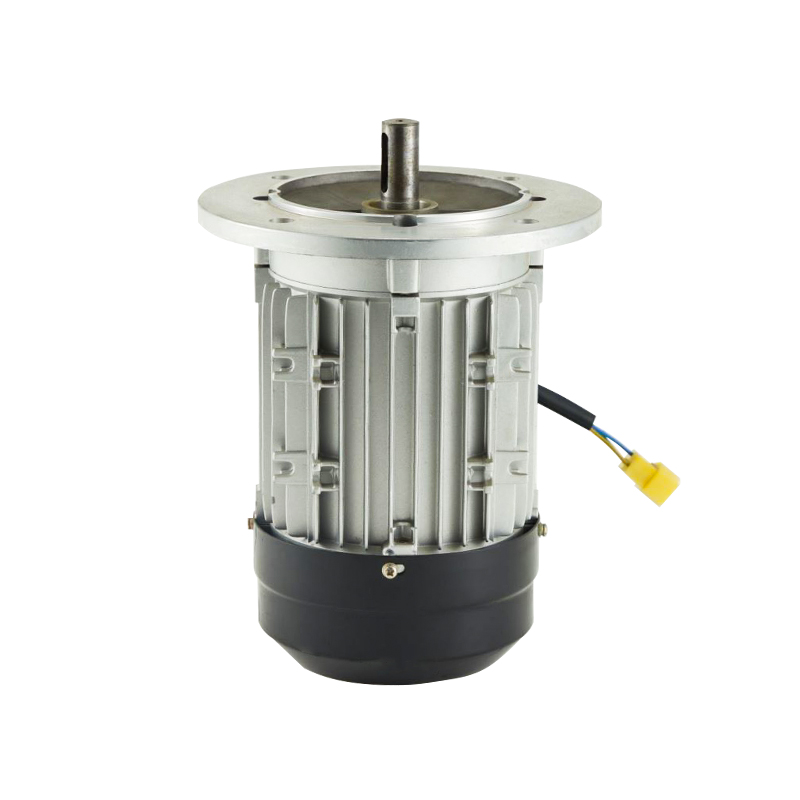In the realm of power sprayers, selecting the right motor is crucial for achieving efficiency and performance. Among the various motor types available, BLDC PMSM motor stand out due to their unique advantages. This article explores the benefits of these motors, particularly in the context of power sprayers, and how they contribute to improved functionality.
Brushless DC (BLDC) Motors
BLDC motors, as the name suggests, do not use brushes for communication. Instead, they rely on electronic controllers to manage the commutation process. This design eliminates the friction and wear associated with brushes, pilot to several benefits:
1. High Efficiency: BLDC motors are known for their efficiency. By avoiding the energy losses that occur in brushed motors, they can provide higher power output with lower energy consumption. This is particularly beneficial in power sprayers where efficiency can directly impact performance and battery life.
2. Reduced Maintenance: The absence of brushes means there is no physical contact within the motor, reducing wear and tear. This results in less frequent maintenance and a longer lifespan for the motor. For power sprayer applications, this translates to fewer interruptions and lower maintenance costs.
3. Enhanced Control: BLDC motors offer precise control over speed and torque. This level of control is advantageous for power sprayers that require variable flow rates and pressures. The electronic commutation system allows for smooth operation and accurate adjustments.
4. Quiet Operation: Without brushes, BLDC motors operate more quietly than their brushed counterparts. This feature can be particularly important in environments where noise reduction is desirable.
Permanent Magnet Synchronous Motors (PMSM)
PMSMs utilize permanent magnets for excitation, which contrasts with traditional synchronous motors that rely on electromagnets. This design provides several key benefits:
1. Stable Operation: PMSMs are known for their stable and consistent performance. The use of motor AC permanent magnet ensures that the motor operates with high precision, maintaining stable speeds and torque. For power sprayers, this stability is crucial for the consistent application of sprays.
2. High Power Density: PMSMs can achieve high power output in a compact size. This feature is advantageous for power sprayers where space is often limited. A high power density allows for more efficient design and potentially more powerful sprayers.
3. Improved Efficiency: Similar to BLDC motors, PMSMs also exhibit high efficiency due to the absence of field windings on the rotor. This efficiency is beneficial for battery-powered sprayers, extending their operational time between charges.
4. Reduced Heat Generation: The efficiency of PMSMs results in less wasted energy as heat. This reduction in heat generation contributes to better overall performance and can prevent overheating issues in power sprayers.
Comparing BLDC and PMSM Motors
While both BLDC and PMSM motors offer significant advantages, their selection depends on specific application requirements. BLDC motors are often preferred for their control and maintenance benefits, while PMSMs are valued for their power density and stable operation.
In power sprayer motor, the choice between these motor types will influence factors such as efficiency, maintenance needs, and overall performance. BLDC motors may be favored for their quiet operation and precise control, whereas PMSMs might be selected for their power density and consistent performance.
Both BLDC and PMSM motors bring distinct advantages to power sprayers, enhancing their efficiency, performance, and reliability. Understanding the benefits of each motor type allows for informed decisions that can improve the functionality and longevity of power sprayers. By leveraging the strengths of these advanced motor technologies, users can achieve better results and more efficient operation in their spraying applications.


